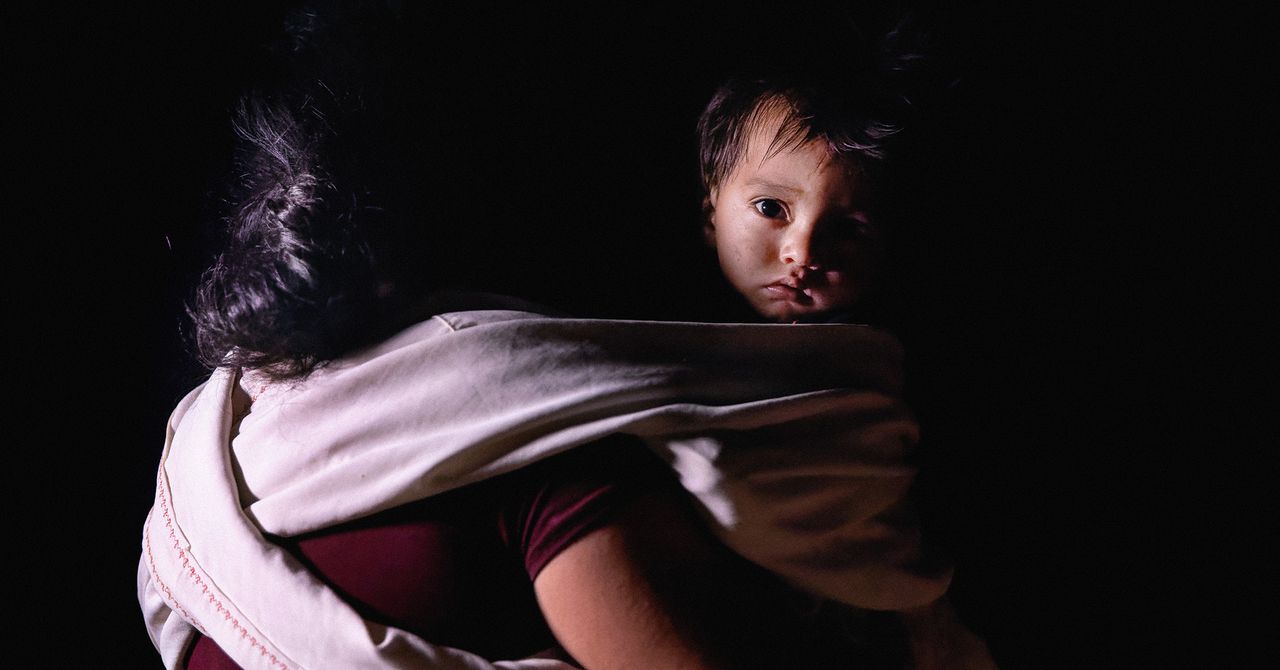
Dust is complex. It’s composed of dead skin cells, pollen, animal dander, dust mites, dust mite corpses, and dust mite droppings. These tiny creatures are arachnids that eat our dead skin after it falls off (thank you!) and also trigger allergies and asthma (no thank you!). Dust mites don’t sting, bite, or otherwise purposefully harm us. They are, nevertheless, unpleasant. And in some cases, they are a health hazard for folks with asthma.
PFAS, or perfluoroalkyl and polyfluoroalkyl substances, are chemicals used in consumer products that have been linked to a long list of health risks. PFAS can accumulate in household dust, according to 2022 research out of the Yale School of Public Health. This is particularly relevant for areas of the home where infants and children hang out, according to the researchers.
And while you might be regularly vacuuming your floors and laundering your linens, you shouldn’t neglect your books. Household dust, including what accumulates in the nooks and crannies of your home library, can trigger wheezing, coughing, and allergy and asthma attacks in adults and children. Booklice, insects that resemble tiny termites, can also proliferate in especially humid and mildewy conditions, and while they’re not harmful, they are disgusting.
Dead skin cells and pet hair aren’t the only contaminants coating your bookshelves in a layer of filth. “Outdoor pollutants can make their way inside, especially in older homes. In the Bay Area we see this most dramatically during wildfires,” says Michelle C. Smith, book conservator and the acting manager of the San Francisco Public Library Preservation Unit, which is hosting a Preservation Week dedicated to books and physical and digital mementos this spring. Soil, industrial chemicals, lead, and other heavy metals can be found in dust as well.
Finger oils and food can collect in and on children’s books and cookbooks, and can damage them over time. And while you might view this as inevitable—there’s simply no way I’m going to avoid getting flour and sugar on my heavily used copy of Martha Stewart’s Baking Handbook—older and more precious books may require more care to continue withstanding the test of time.









